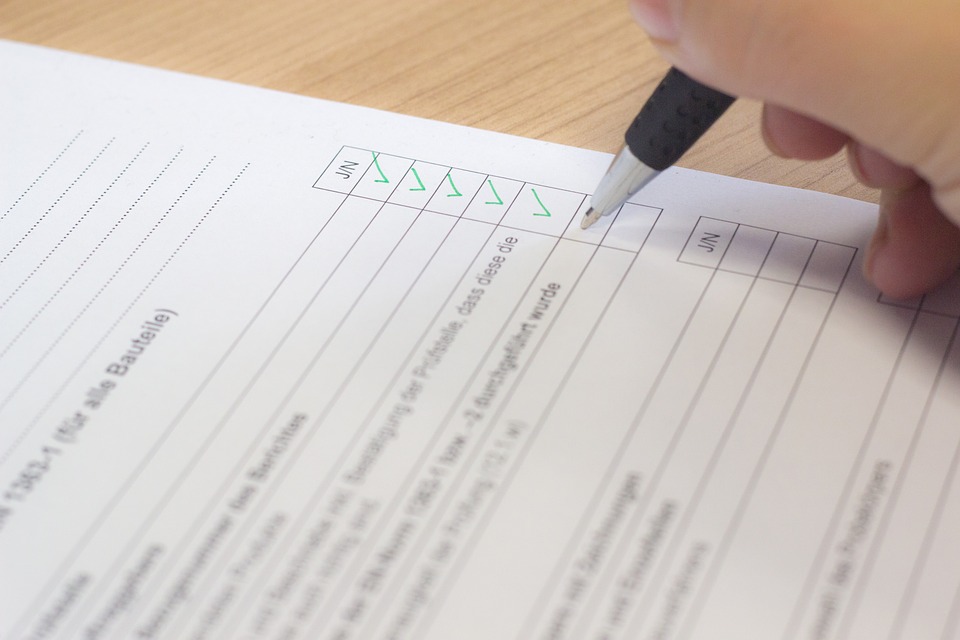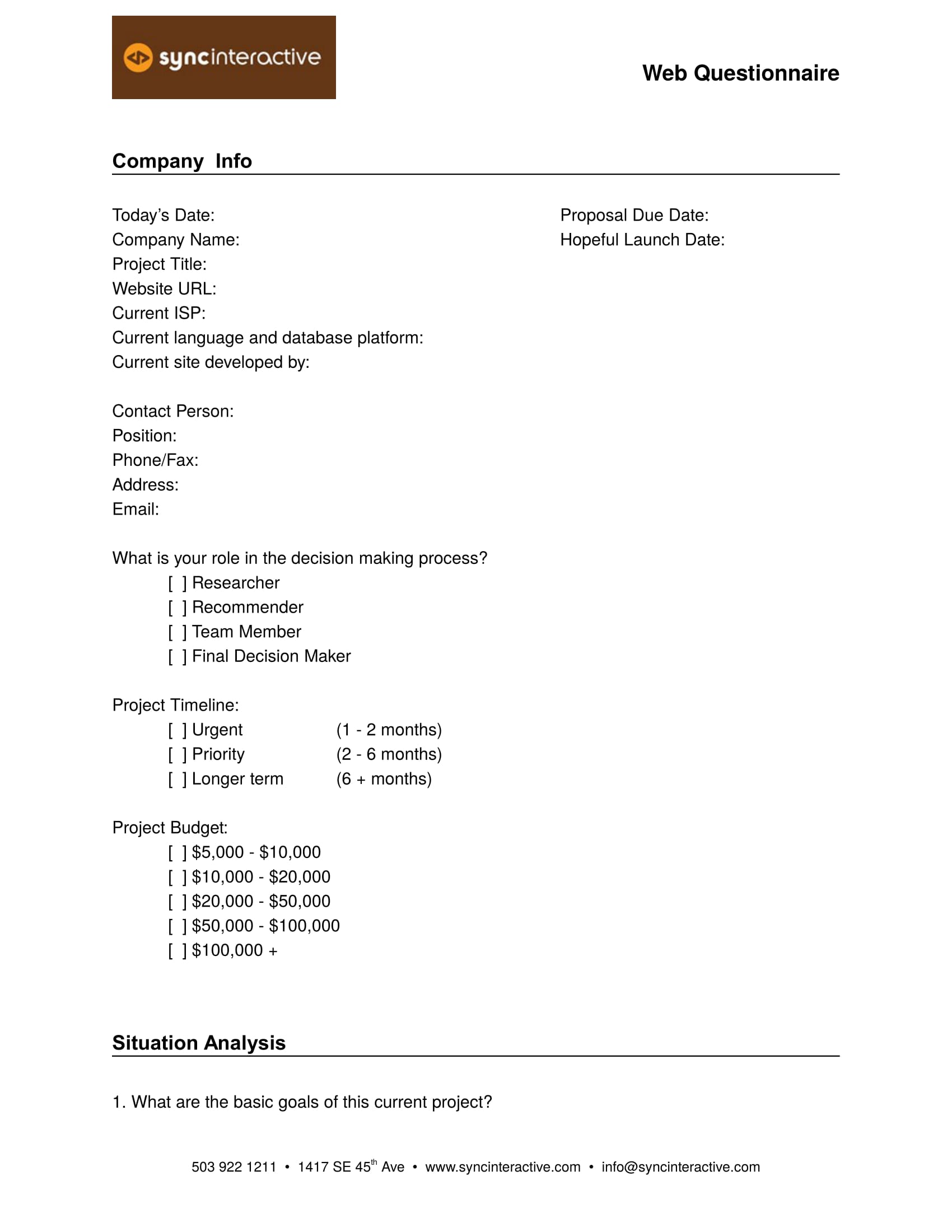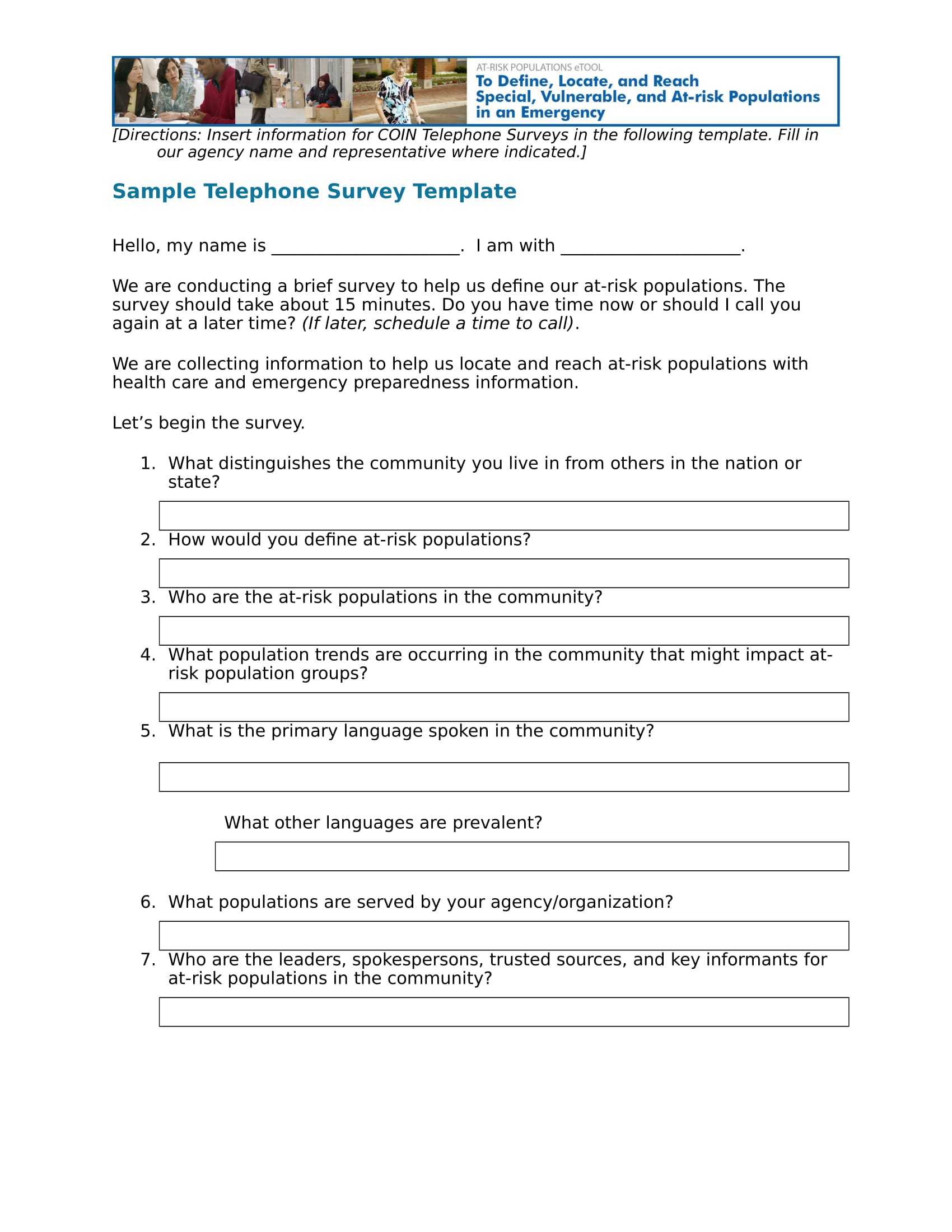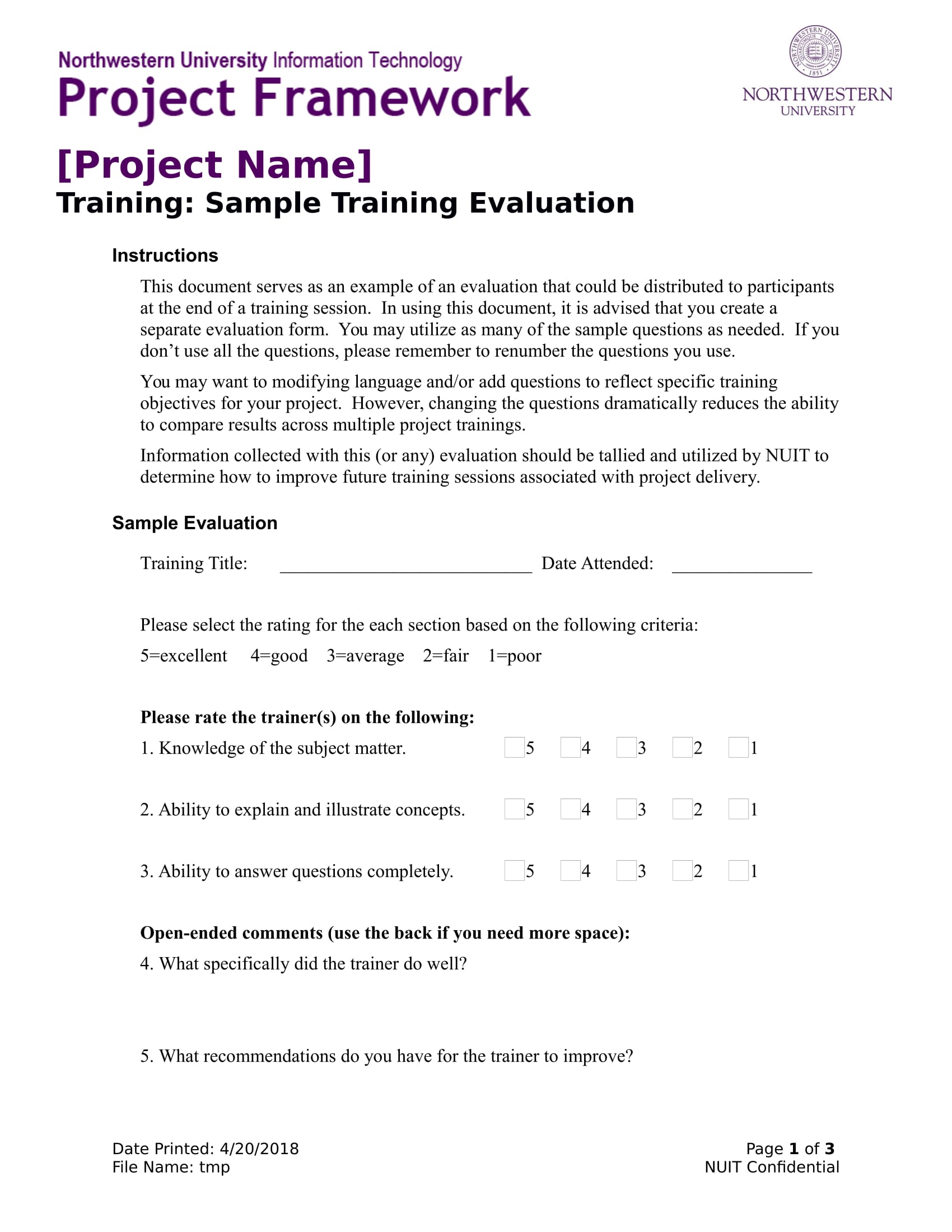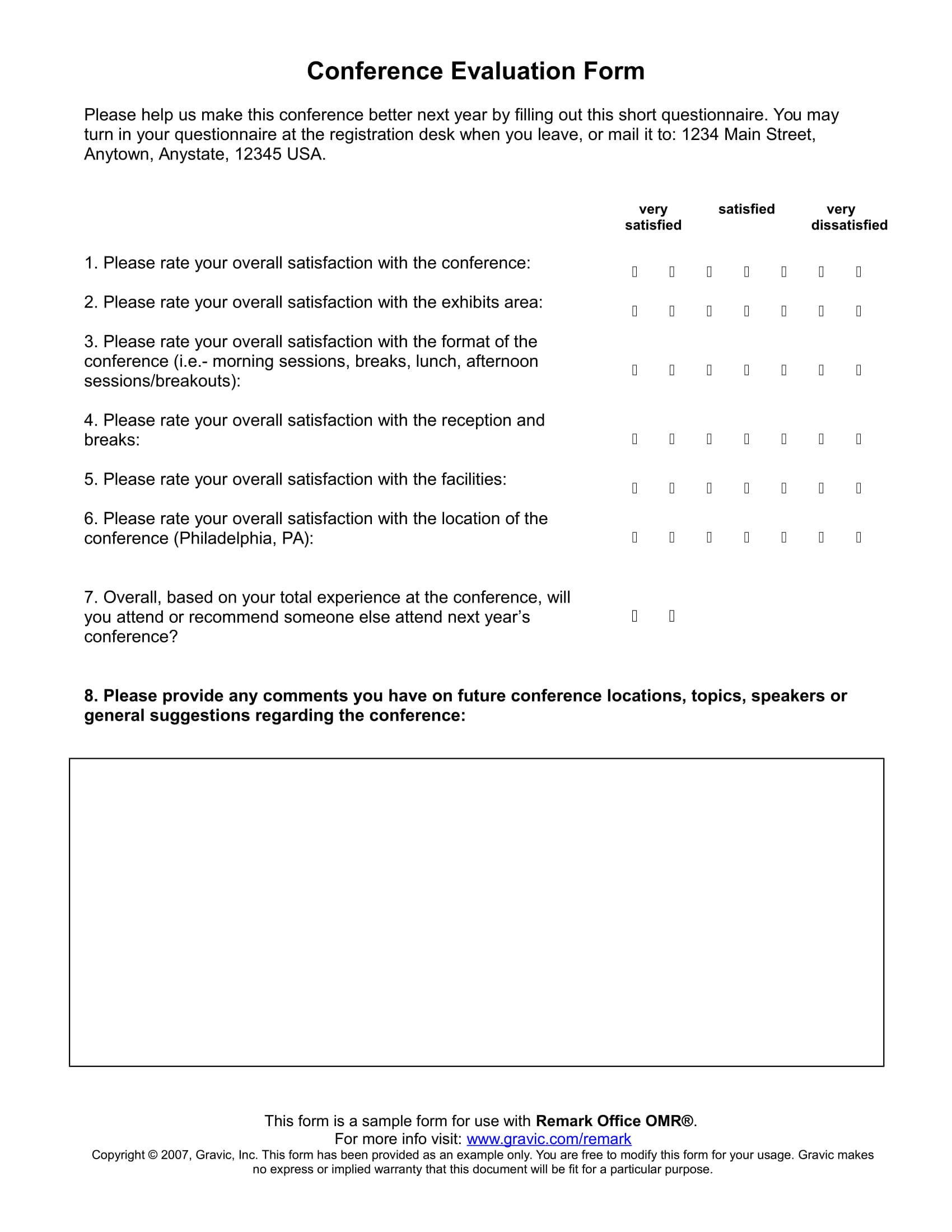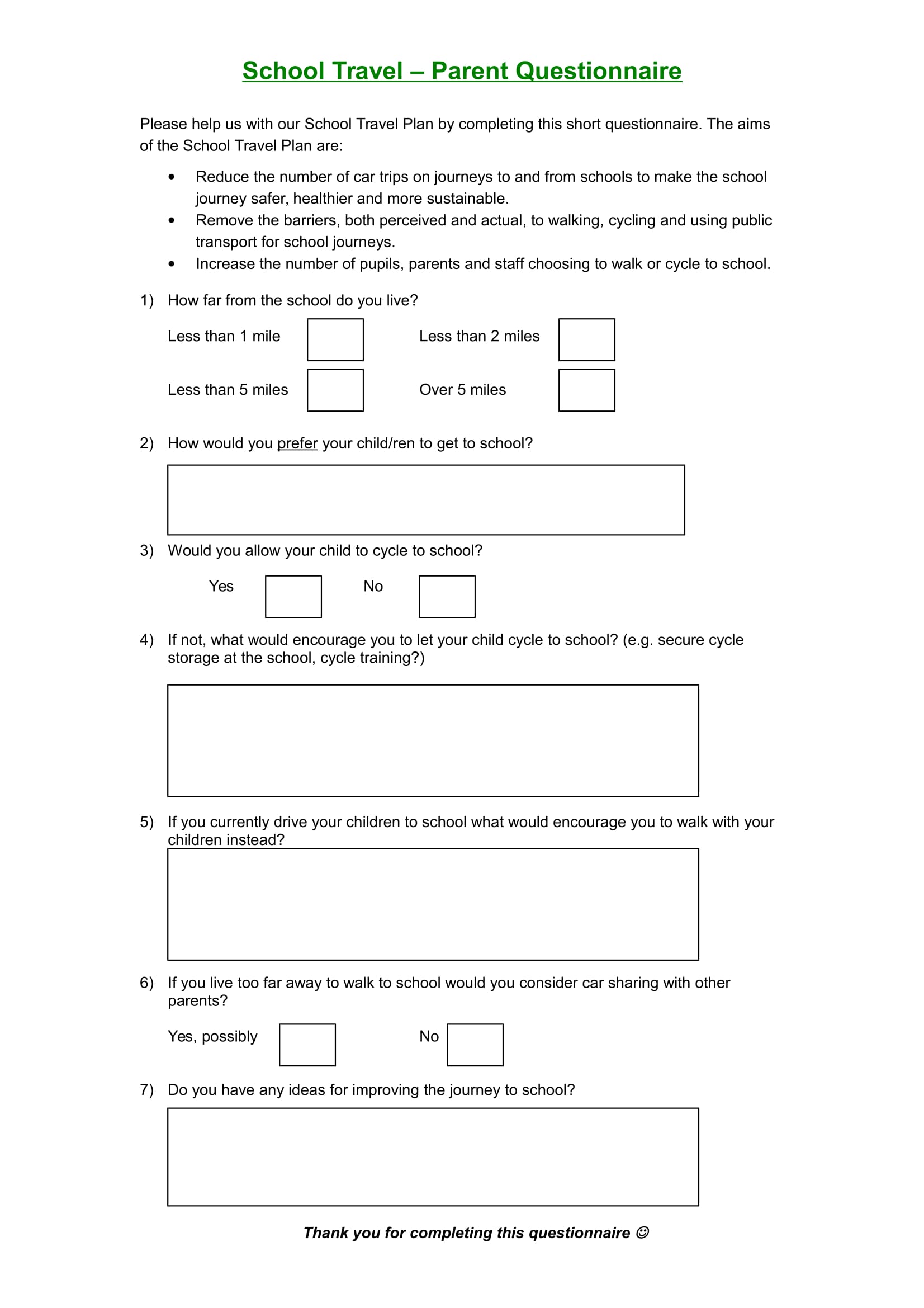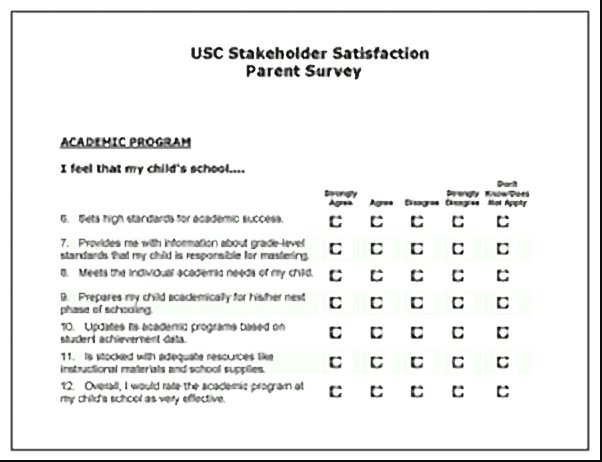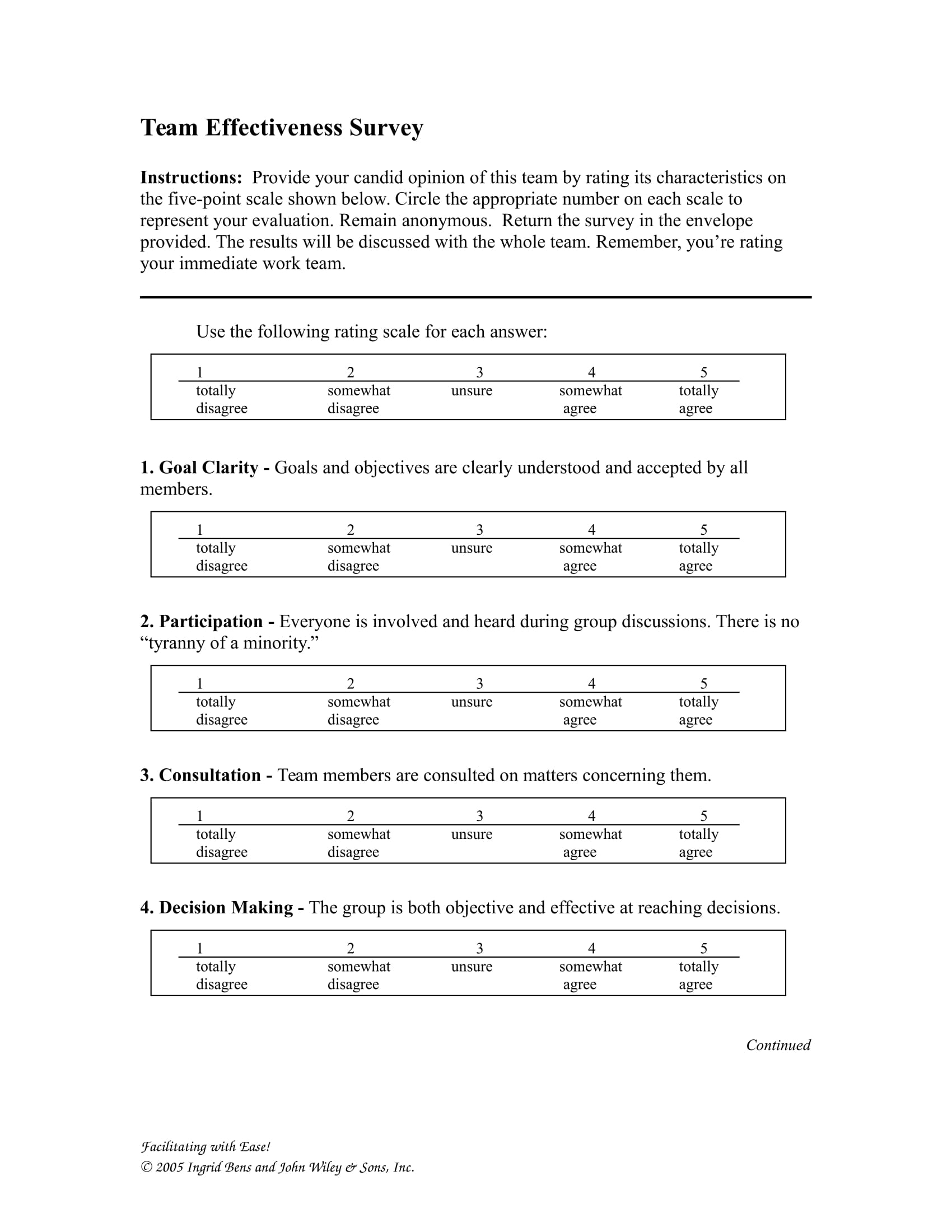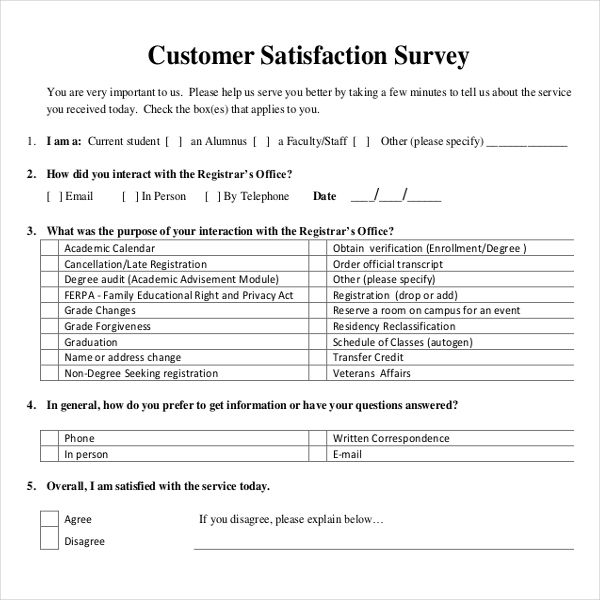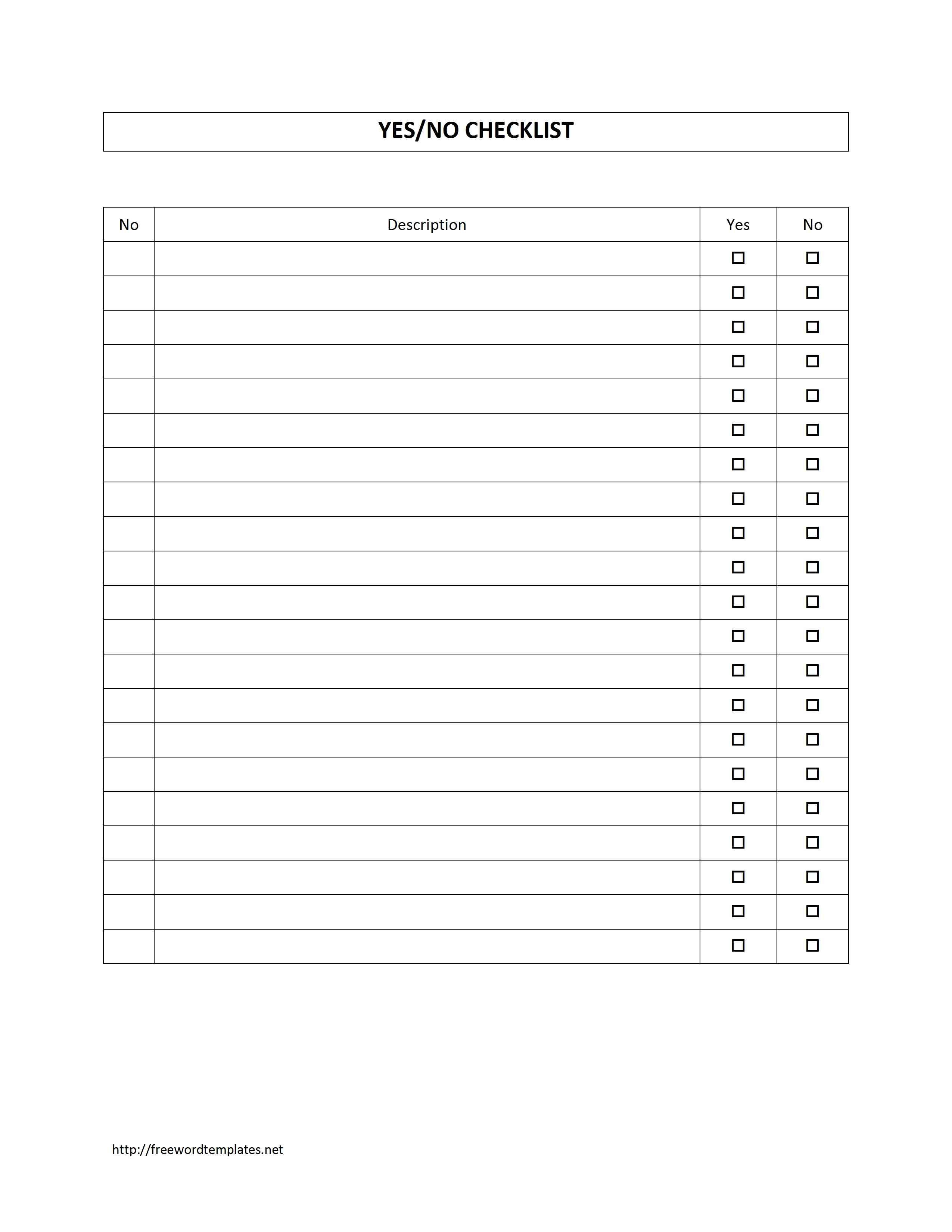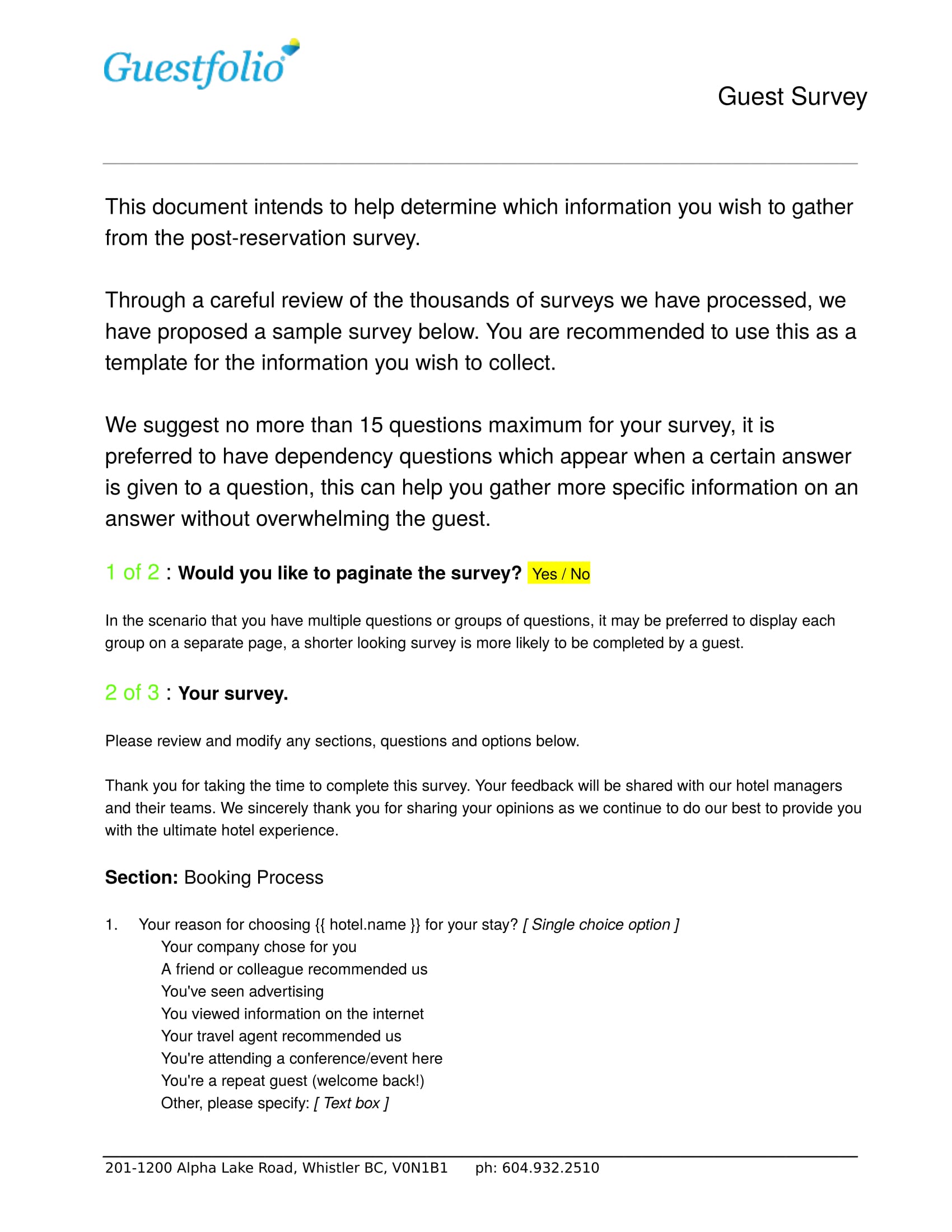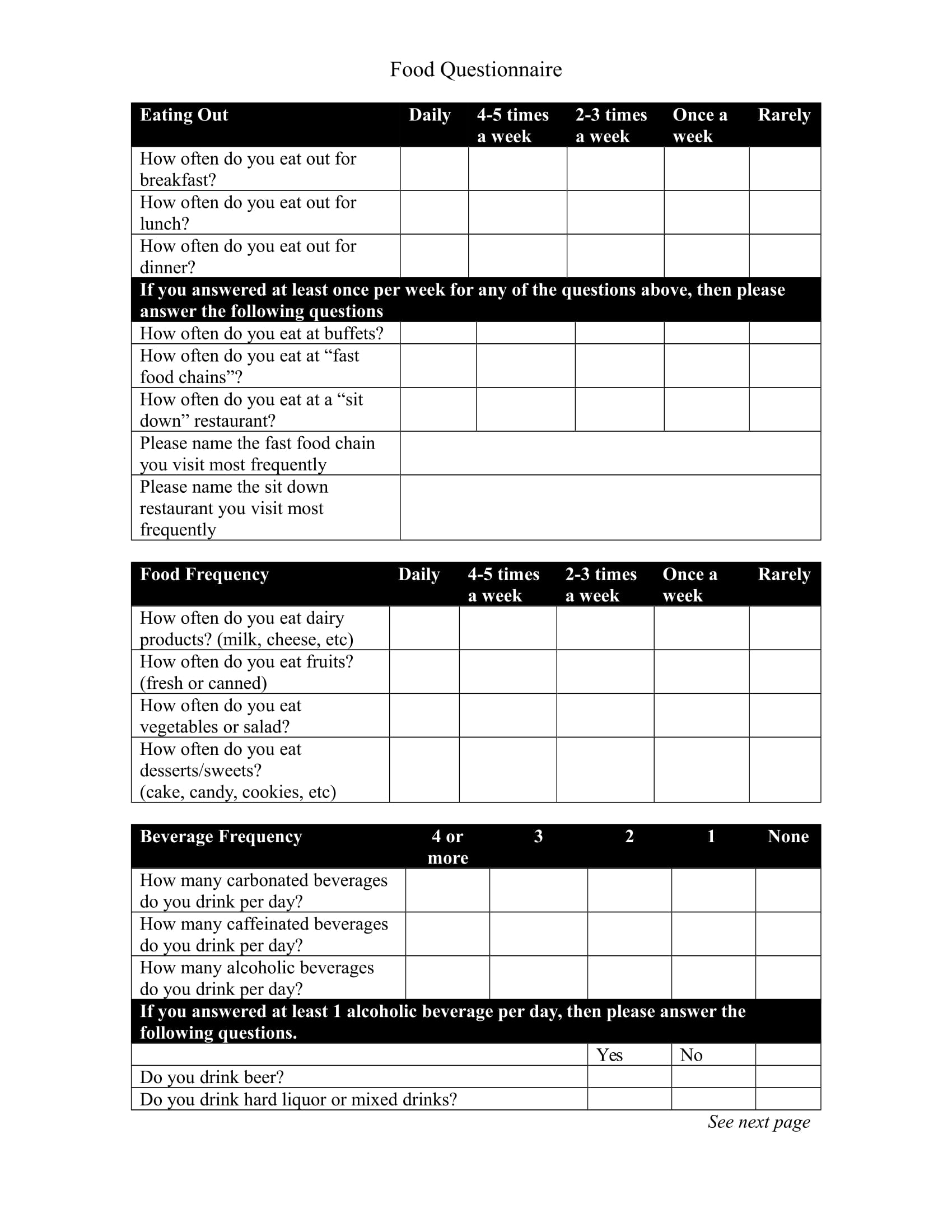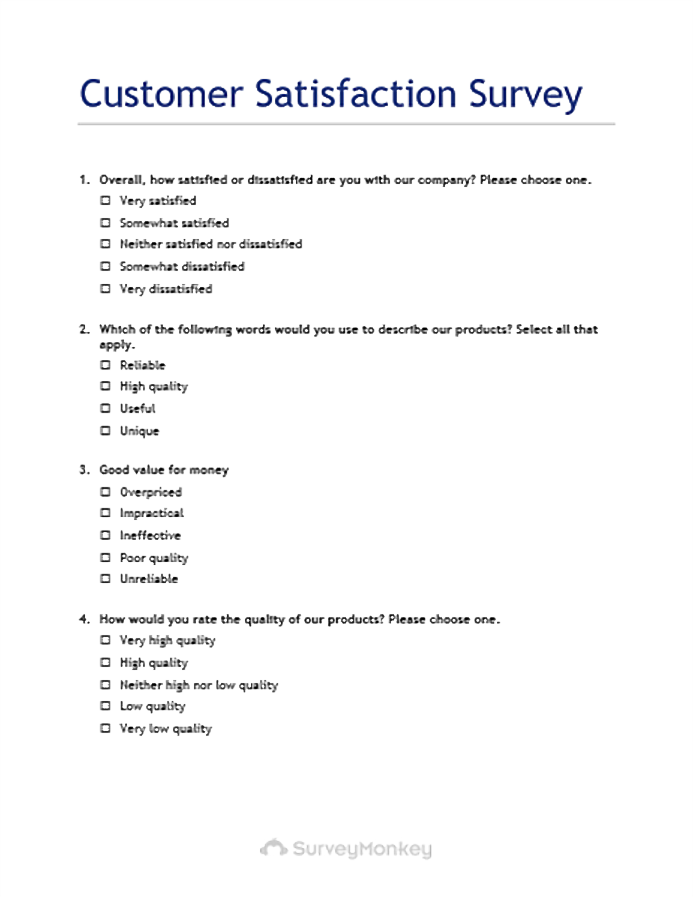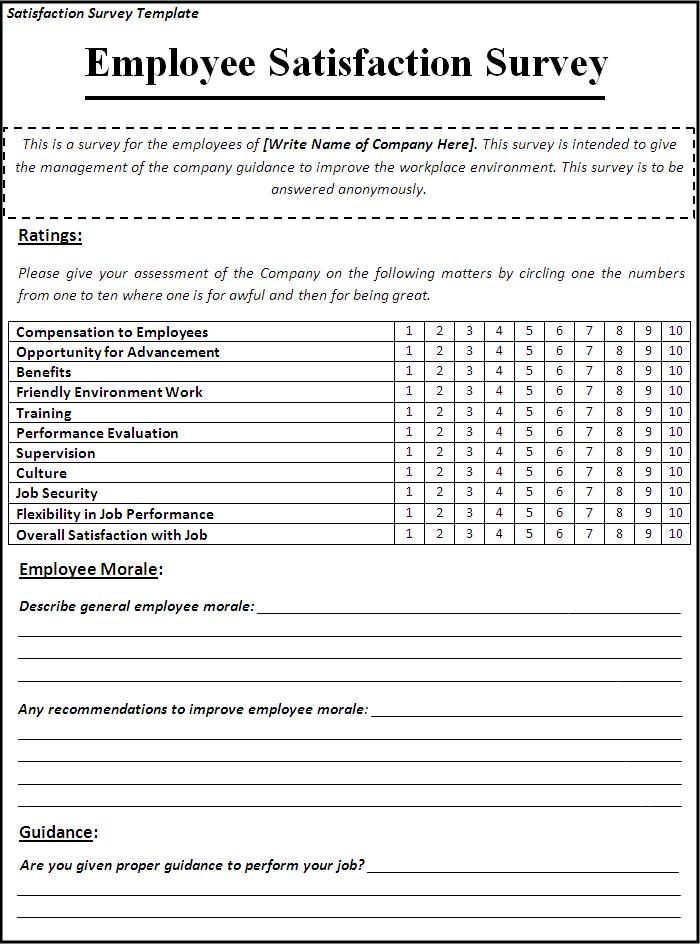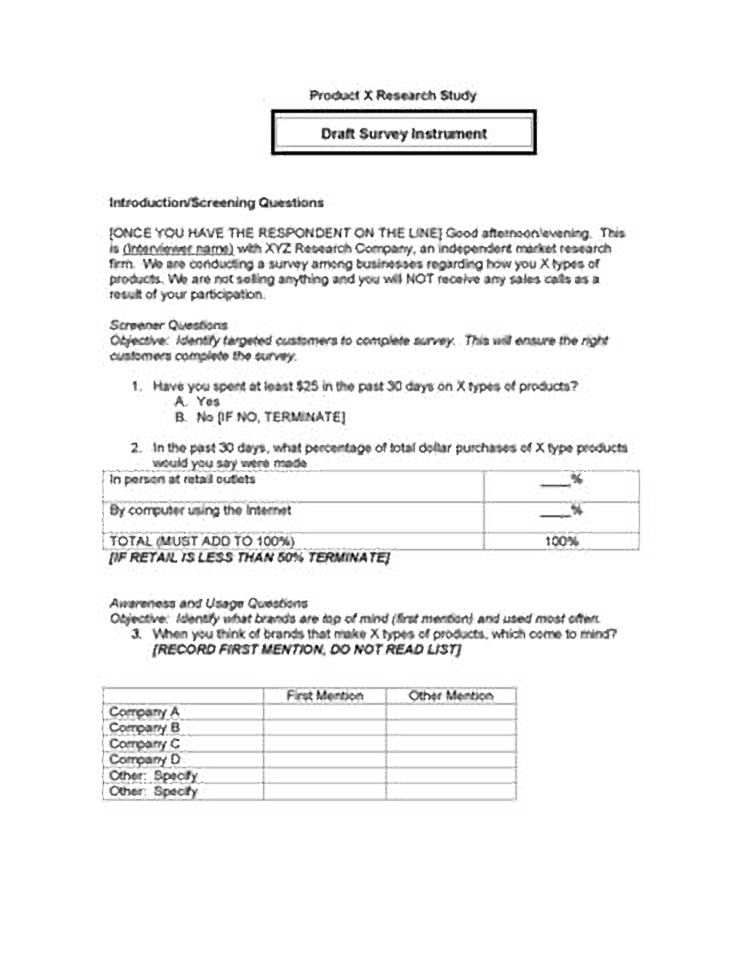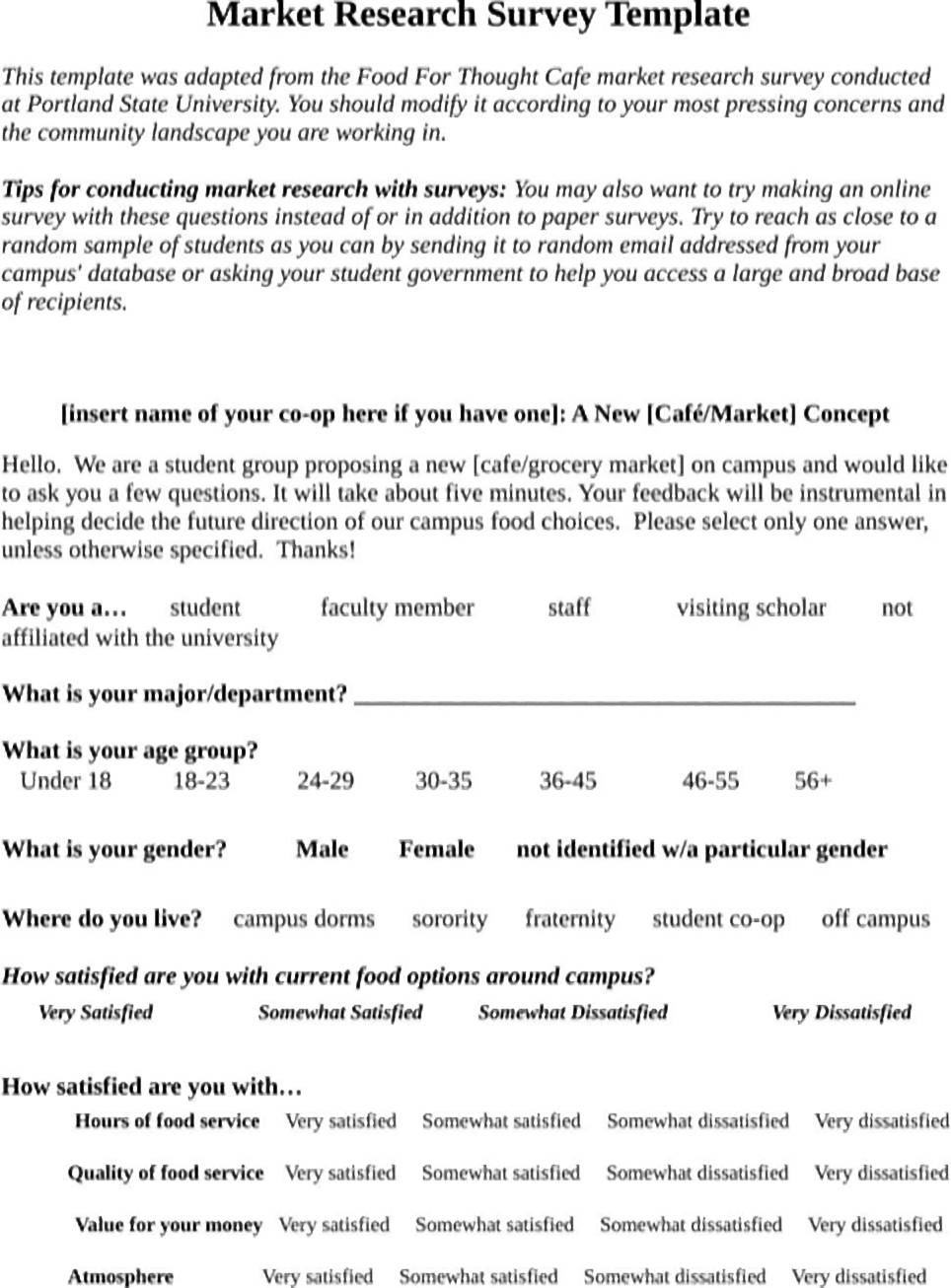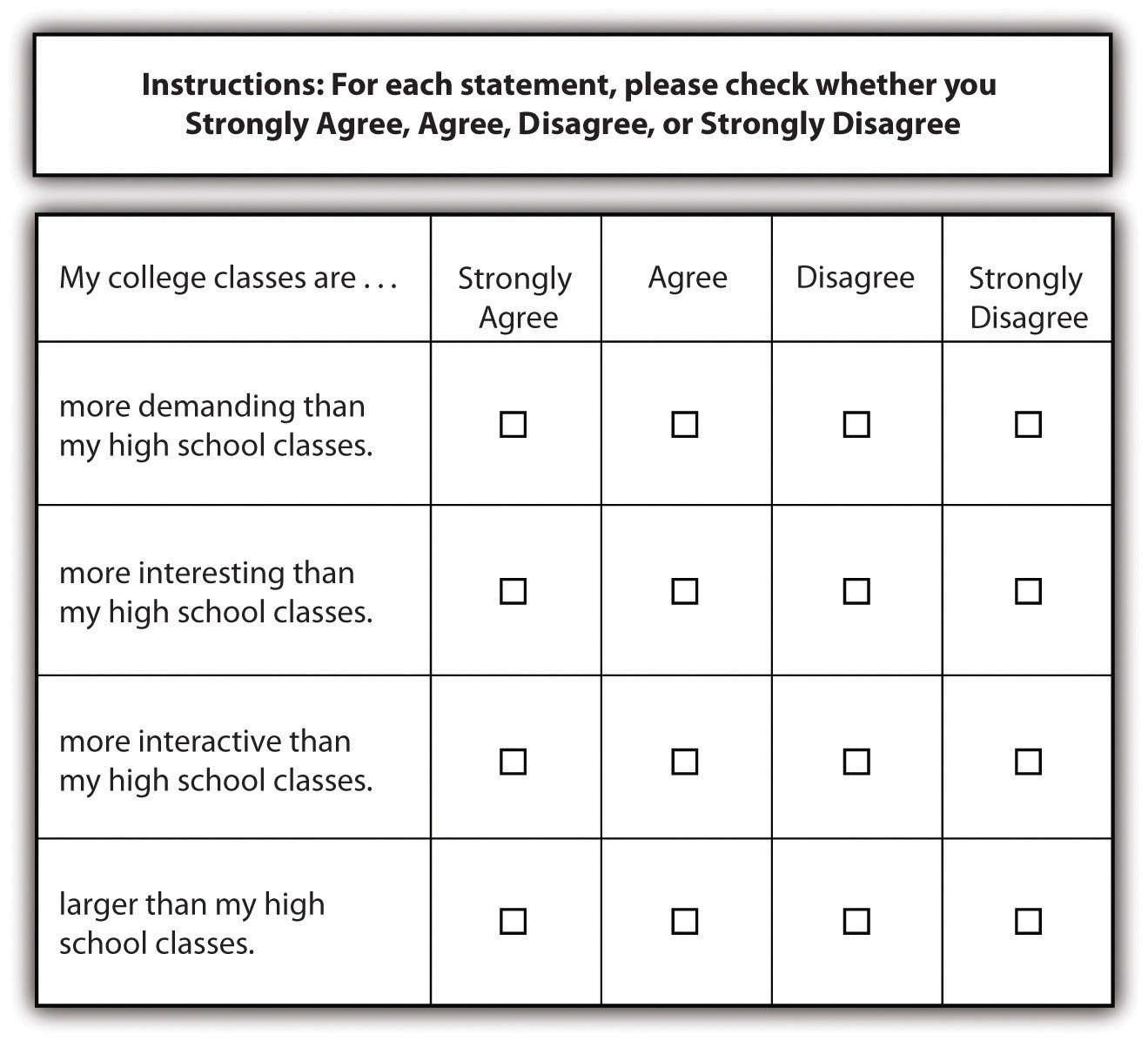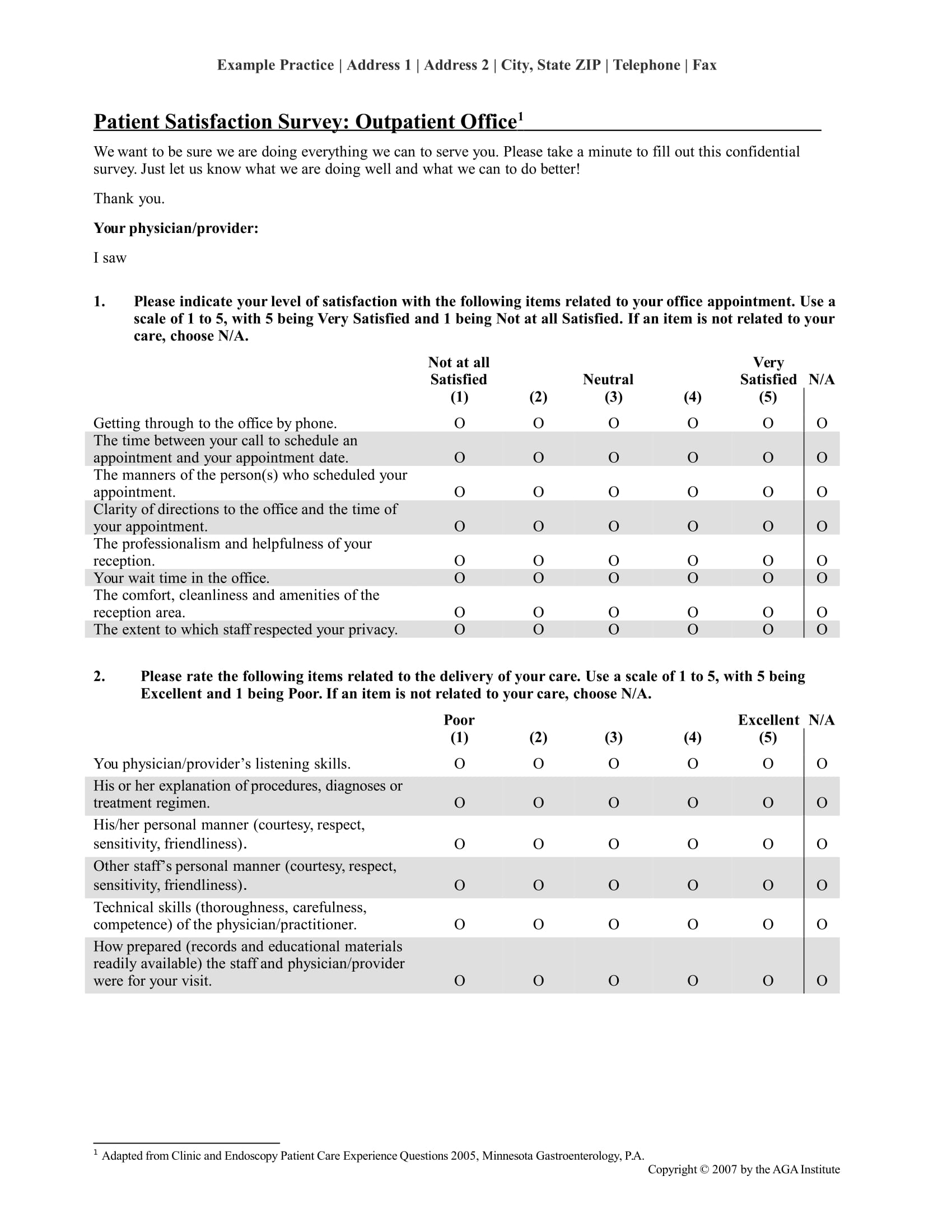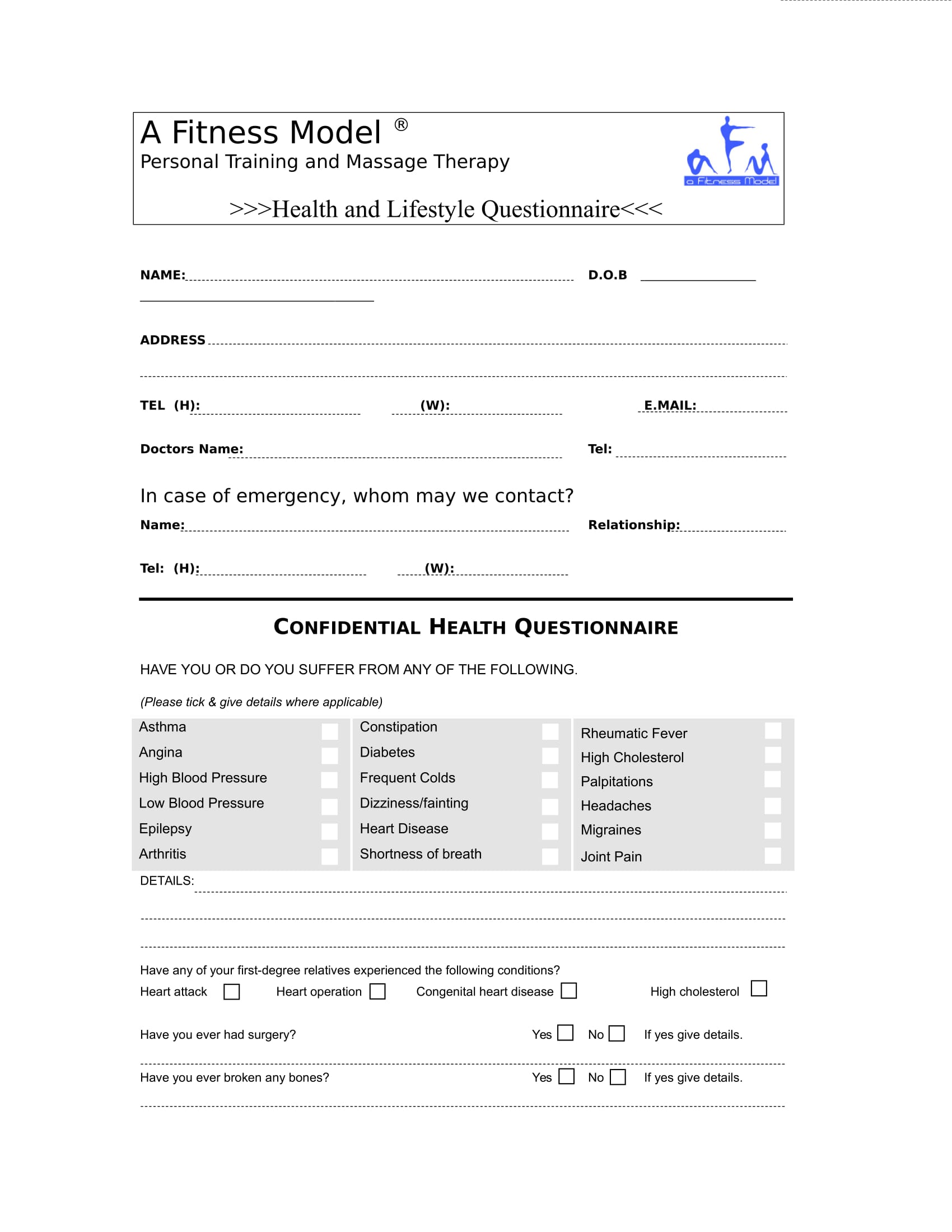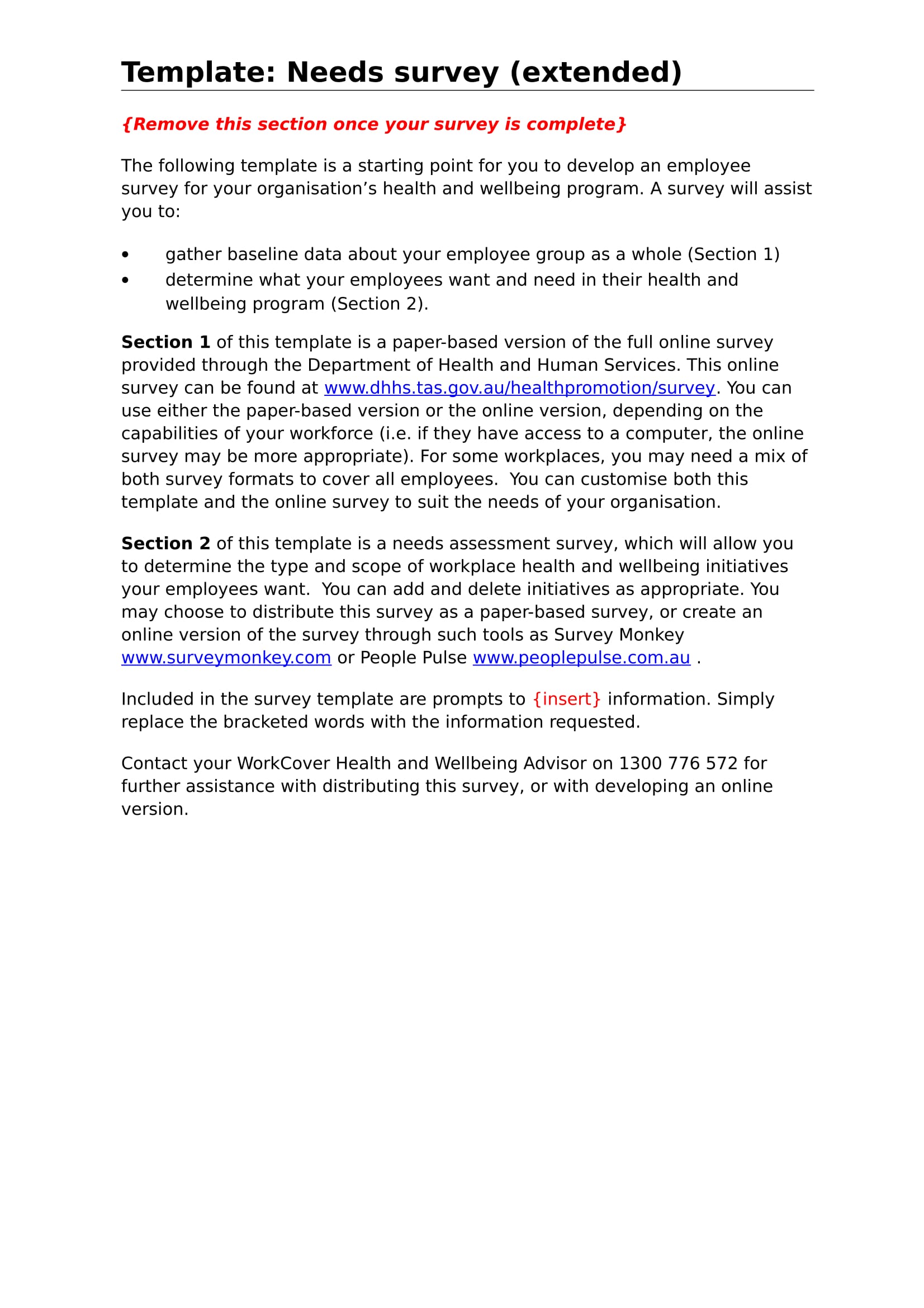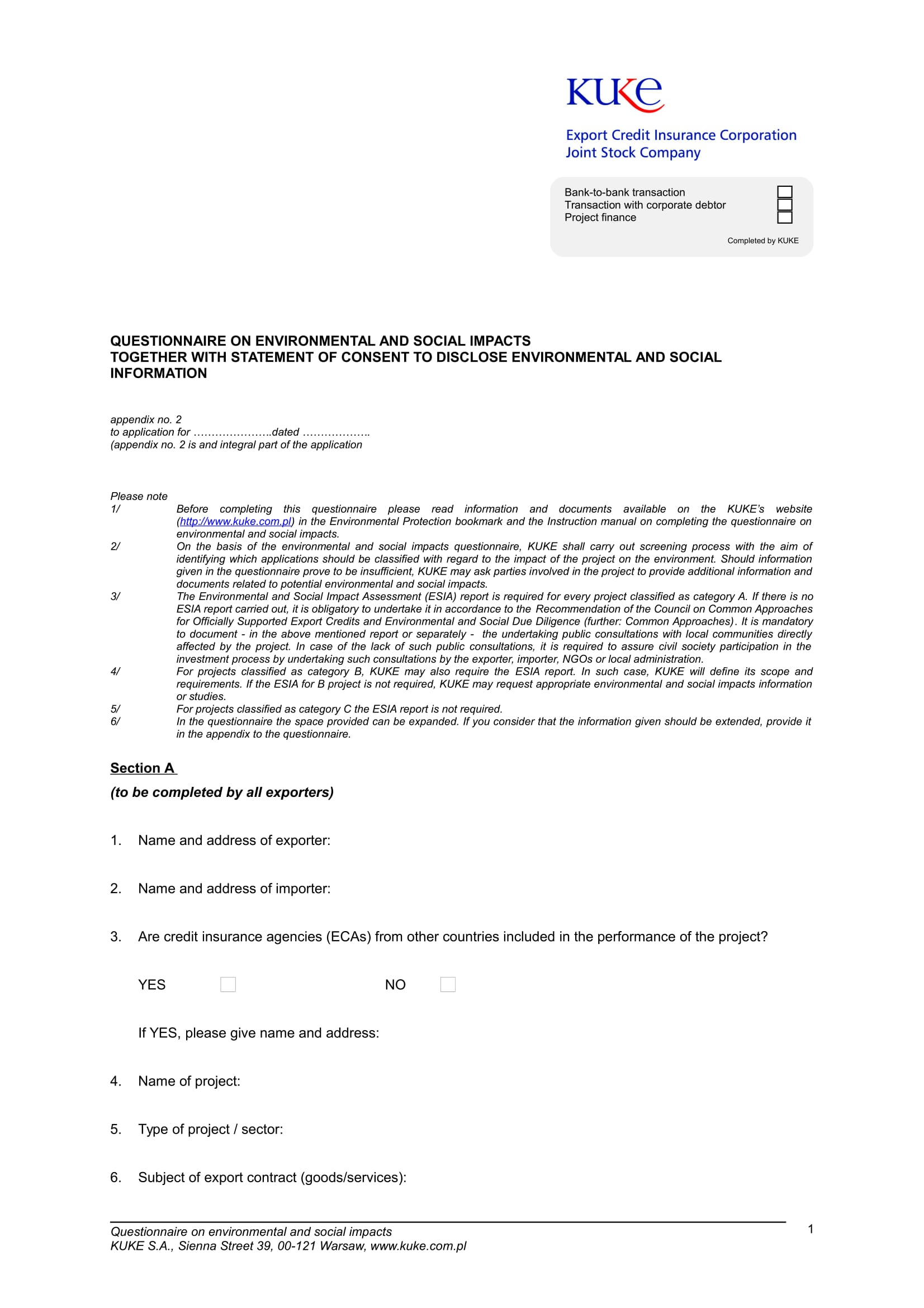23+ Survey Examples to Download
In business, when you want to know how your business is doing, aside from computing the books, you need to conduct surveys. A survey helps you gather data about your main source of your income – the consumers. It is also a helpful tool in getting to know the preference of your valued clients, what they like best abut your company and what they wish to change/improve.
However, aside from business, a survey is also a widely used tool in gathering data and information in other fields. As you may know, data is the foundation of evidently everything, thus using a survey is an easy and efficient way of gathering data you need for your study.

What is a Survey?
By definition, a survey is “a set of questions people are asked to gather information or find out their opinions, or the information gathered by asking many people the same questions; it is the measuring and recording of the details of an area of land.”
When humans started building gargantuan structures, they used surveys to re-establish boundaries and measure land through geometry. It started with the ancient Egyptians, and then the Romans when they built their massive empire. Presently, a survey is not only used for land surveying or measuring land. It is also commonly used for gathering data for business, academic, and government purposes.
Website Survey Questionnaire Example
Telephone Survey Template Example
Training Evaluation Survey Form Example
Conference Evaluation Survey Form Example
School Travel-Parent Survey Questionnaire Example
Why Conduct a Survey?
Here are some of the most important reasons why businesses should and researchers should conduct a survey:
1. Uncover answers
Surveys when done appropriately and correctly, can help you learn about your respondents, their comments, opinions and feedback. Simply put, the main reason why a survey is conducted in the first place is to uncover the answers to specific topics and questions. Depending on the desired purpose of the survey, answers are gathered through a non-intimidating survey environment. Respondents are more likely to give honest answers and feedback when they are not intimidated as well as being given privacy. Online surveys and mobile surveys are more private and less intimidating than regular face-to-face or telephone surveys.
2. Evoke discussion
It is important to give your respondents a chance to discuss important topics. One of the reasons why it is important to conduct surveys is that it sparks a conversation between the respondent and the surveyor. Communicate with your respondents about the main purpose or objective of your survey so that they can have a better understanding as to why there is a need for them to participate. With the help of the survey, you can get an exchange of information between you and the respondents about their ideas and thoughts about your key topic.
3. Compare results
As you gather your needed data, the results provide a glimpse of the attitudes and behaviors of your target demographic. This significant feedback is your baseline that can help you measure and establish a benchmark from which you can compare results from time to time. This means that the data and results that came up after your survey is not disposable and it will be the basis of future surveys regarding similar topics.
Stakeholder Satisfaction Survey Example
Motivation Survey Example
Team Player Survey Example
Team Effectiveness Survey Example
Exit Interview Survey Example
Characteristics of an Effective Survey
Whatever the type of survey or survey instrument you will use, listed below are some characteristics a survey must meet in order for it to be effective:
1. Measurable survey objectives
Survey objectives is the basis for everything about the survey. The objectives represent the need for the questions that should be asked as well as the method to be used to gather the answers. Survey objectives come in three forms: a statement, a question and a hypothesis. By reading the objectives, the surveyor should be able to determine the measures on how to collect data. It should also be able to give insight into the appropriate research design.
2. Sound research design
Research design refers on how the survey will be conducted and administered in terms of targeted groups, comparison of data from different respondents, and the frequency of survey administration. The research design you incorporate in the survey will depend on the objective or what data you want to gather.
3. Effective survey question design
The survey questions are the core of the entire survey. The data gathered and the interpretation of those data will depend on how you manage to ask your questions in the first place. Remember that the interpretation of data will depend on the answers from the survey questions. It is important that you structure and write your questions as simply and as clearly as possible so that respondents can answer them without hesitation and confusion; and it is also important to remember that those questions should be asked to the right respondents.
4. Effective survey response strategy
This will help you ensure that you acquire an acceptable quantity and quality of responses. One survey response strategy can be giving out incentives when a respondent finishes the survey, although there are also other methods and strategies you can use to achieve better response rates.
5. Meaningful data summary
This pertains to the analysis of survey results. While you think that analyzing the data of your survey is difficult, it can be made easy especially when the survey you conduct applies simple descriptive statistics. How you analyze your data can greatly affect the action you will do, therefore, it must be done in a sensible way so that credible qualitative results can be accomplished.
6. Efficient data display and reporting
The final results should be reported in such a way that stakeholders can easily comprehend it. When reporting the results, the use of proper grammar and writing style, graphic presentations, and citations all contribute to efficient data display and reporting.
Customer Satisfaction Survey Example
Customer Satisfaction Survey Example
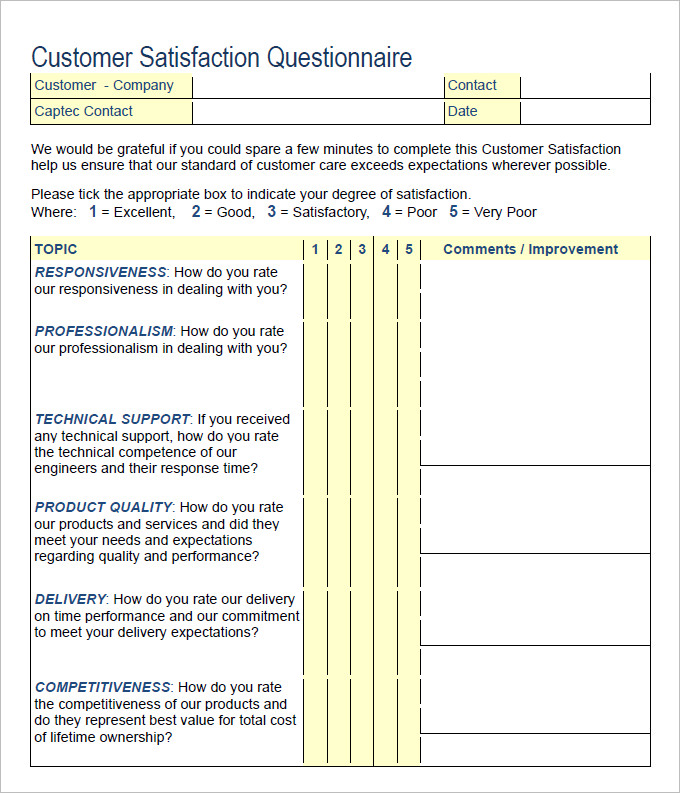
Marketing Survey Checklist Example
Hotel Guest Survey Form Example
Food Survey Example
How to Format a Survey
When it comes to formatting your survey, there is no right or wrong way. However, a disorganized survey will most likely yield less responses.Therefore, your survey must be thoughtfully constructed to elicit reliable and valid responses.
Visual components
- Blank space – This will allow the respondent to focus on one item at a time.
- Answer design – Spaces in which answers will be written should be underneath the questions so that the respondents don’t have to move their eyes across the whole page or screen.
- Images – Images can draw and distract the respondents’ attention from the question, use sparingly.
- Color and contrast – Using a lightly shaded background for the question and a white space for the answer helps provide clarity to the respondent.
- Orientation – Paper surveys must be printed using a portrait orientation since it is the most conventional and familiar format.
Organizational components
- Item order – The most important and interesting items should be presented at the beginning of the survey. Objectionable items should be placed at the end of the survey to decrease threats of low response.
- Similar questions – Similar questions must be presented in a uniform format.
- Multiple items on screen – Similar items must be organized on the same screen or page.
- Alignment – If there are multiple item on the same screen, align them vertically.
- Paging vs scrolling – With online surveys, scrolling tends to have a higher rate of non-substantive responses.
- Matrix vs expanded format – The task of aligning columns to rows will more likely result to increase in missing items. Use matrices sparingly.
- Radio button vs text box – Using text boxes instead of radio buttons often results in missing data. However, if respondents willingly fills out text boxes, it often results to higher quality data.
- Progress indicator – This is recommended unless the survey is lengthy and an indicator would intensify it.
These are some points your should consider when formatting your survey:
- Your typeface should always be clear and easy to read. Usually a 12 point font serif or 10 point sanserif font minimum is recommended.
- All necessary instructions to complete the survey should be indicated at the point in the questionnaire where it is needed.
- Just before the answer set, the instructions how to answer should be indicated.
- To help guide the respondent through the survey, the items or questions should be numbered.
- There should always be a “no answer” or “don’t know” answer option for pre-coded, closed-ended questions.
- Pilot studies should only use open-ended questions.
- The online survey questions and mobile survey questions should fit on the entire viewing space of the computer screen/mobile device, and it should only be on a single page on a paper survey. Avoid splitting the questions on computer/device screens as it can disrupt the flow of your survey and confuse the respondents. The most desirable format should follow a one-question-per-screen/page format.
- The survey should be in a vertical format and single-answer questions should only be in one line.
Customer Satisfaction Survey Example
Employee Satisfaction Survey Example
Product X Research Study Example
Market Research Survey Template Example
Types of Survey
According to Instrumentation
1. Questionnaires
Questionnaires are typically paper-and-pencil instruments used in surveys. Questions usually found in questionnaires are close-ended questions followed by either a three or five-response option, although there are still questionnaires that ask open-ended questions to explore the respondents’ answers.
Aside from that, questionnaires utilize various survey methods such as self-administration, group administration and the household drop-off. However, with the decrease of the response rates in mail survey methods, questionnaires are currently more commonly administered online.
2. Interviews
Interviews are the more personal and probing between the two major types of surveys. Unlike a questionnaire, an interview gives the surveyor the ability to openly ask follow-up questions in order to explore the answers and insights of the respondents.
An interview is commonly made up of two persons, the interviewer (surveyor) and the interviewee (respondent). There are also several methods in conducting interviews like a phone interview and online interview.
According to Span of Time Involved
1. Cross-Sectional Surveys
This type of survey is commonly used when a survey is administered to collect information from respondents on a single period of time. For example, a research time may conduct a cross-sectional study on the effects of cigarette smoking to teenagers as of June 2005. This means that no other variables from another time is relevant or needed in this survey.
2. Longitudinal Surveys
As the opposite of a cross-sectional survey, longitudinal surveys attempt to gather information over a period of time or from one point in time to another. This means that the survey is administered from time to time depending on the data gathering needs of the surveyor. This main purpose of longitudinal surveys is to collect data, and examine and compare changes from the gathered data.
Survey Research Example
Patient Satisfaction Survey Example
Health and Lifestyle Survey Questionnaire Example
Health and Well-being Survey Example
Environmental and Social Impact Survey Questionnaire Example
Pros and Cons of Conducting Surveys
Advantages
- It is easy to administer.
- Needs less time to create and develop (compared to other data-collection methods).
- Depending on the type of survey, surveys are cost-effective.
- Can be remotely conducted via online, snail mail, or telephone.
- Can reduce or prevent geographical dependence if conducted remotely.
- Collects data from a large number of respondents.
- Gives extensive flexibility in data analysis since it can ask numerous questions about a subject.
- To determine validity, reliability, and statistical significance, various online statistical techniques or survey software can be used.
- Collects a broad range of data (for example behavior, opinions, beliefs, values, etc.).
Disadvantages
- Respondents may provide inaccurate and dishonest answers.
- Respondents may not provide correct answers in situations that personally deem unfavorable for them.
- Respondents may forget the reasons for their given answers because of lack of understanding on the topic or even boredom.
- It can have lower validity rate especially with close-ended questions.
- The varying numbers between respondents who chose to respond to a survey question and those who chose not to respond can create bias.
- Respondents can interpret response options differently which can cause unclear data. For example, the answer option “somewhat agree” can represent different things to respondents. ‘Yes’ or ‘no’ answer options can also be problematic. Respondents may answer “no” if the option “only once” is not available.
- Customized surveys can run the risk of containing certain types of errors
In conclusion, conducting surveys is a great method of gathering information/data. It is an easy alternative compared to other data gathering methods. However, despite its convenience it can still be subject to errors and lapses. Despite its errors, the results of the whole survey still heavily rely on the objectives set before conducting the survey. That being said, the structure, design, methods and strategies in administering the survey are still the biggest factors affecting its success or failure. Ultimately, the people responsible for conducting the survey must be prepared in facing some inconvenience along the way.


